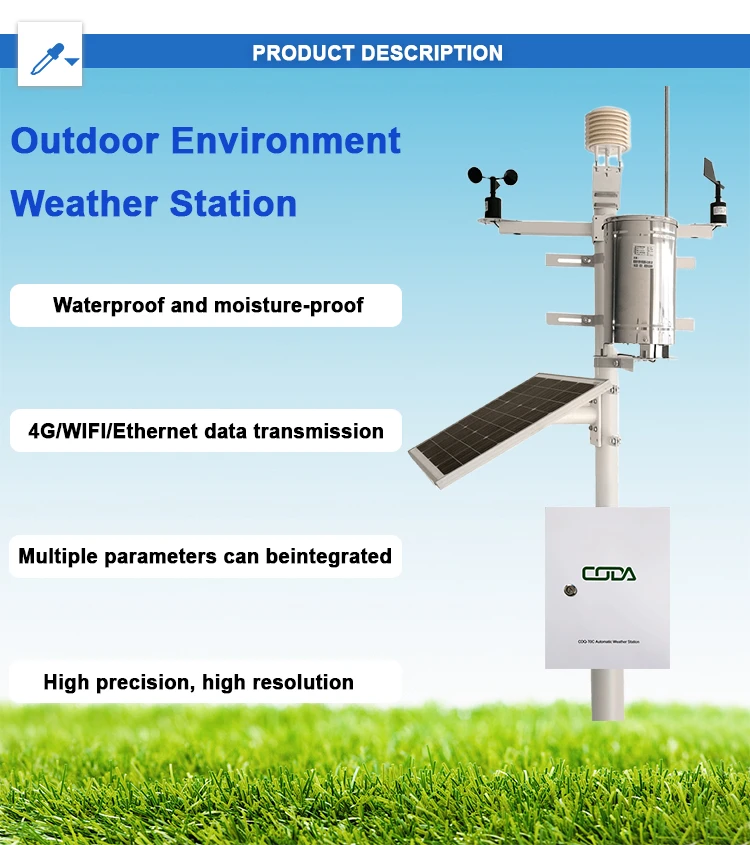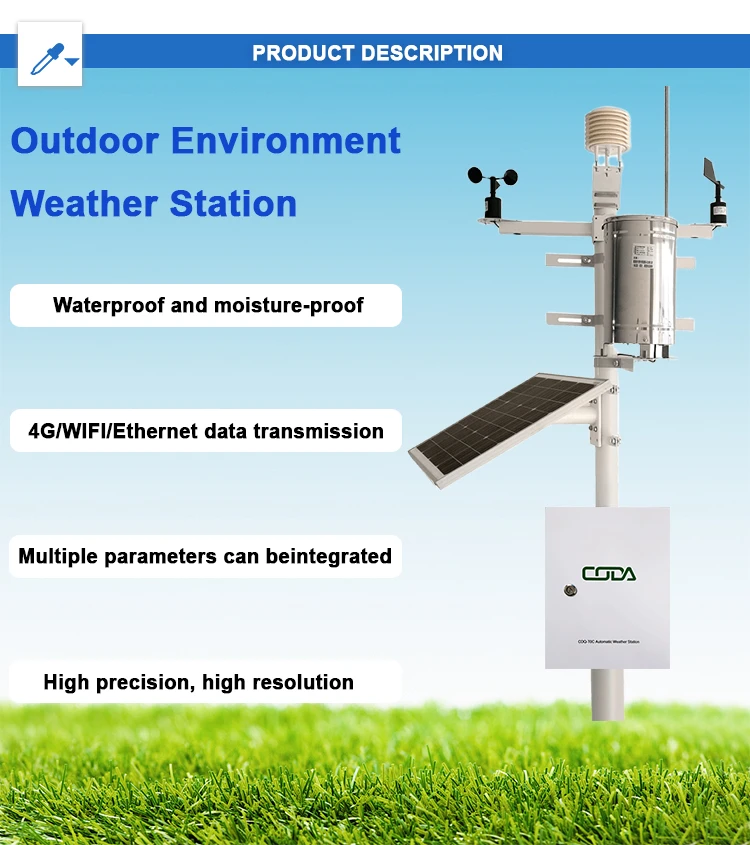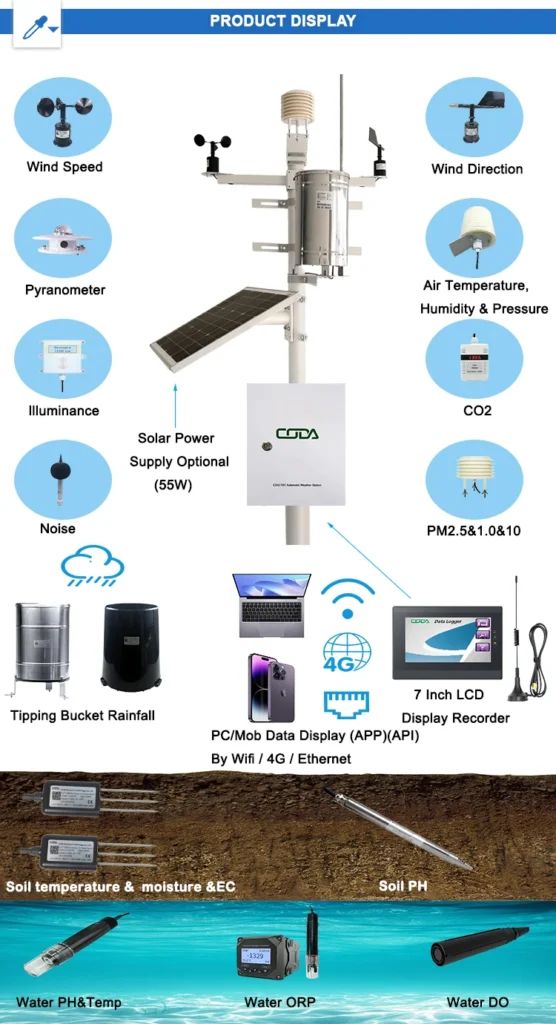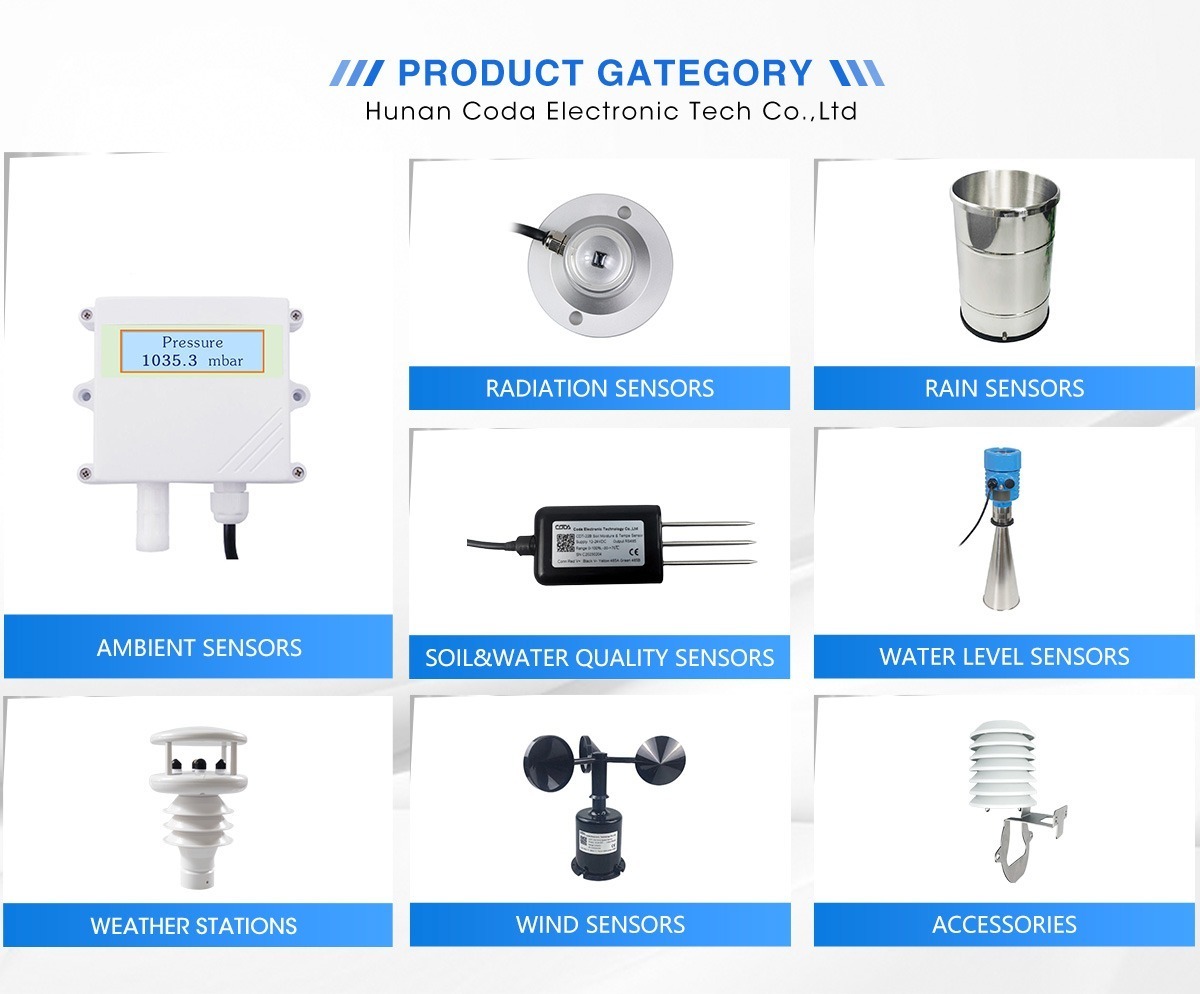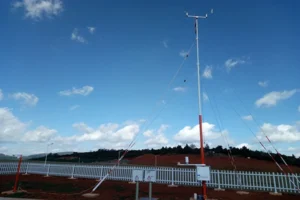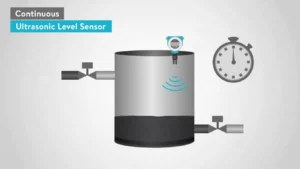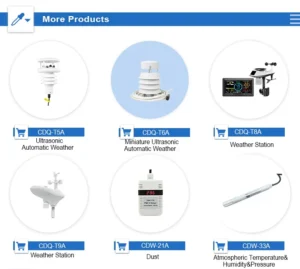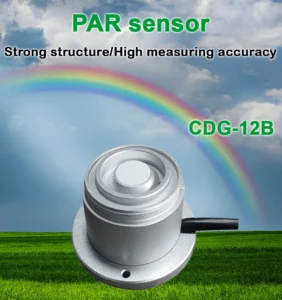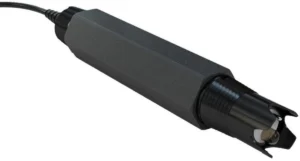what is the best indoor outdoor weather station
In the quest to find the best indoor/outdoor weather station, one name that stands out prominently is CODA. CODA makes sensors and solutions for tracking the environment and weather. They have been doing this for over ten years.
Their weather stations are very advanced and reliable. They serve many users, from weather fans to professionals in different fields.
Comprehensive Meteorological Element Monitoring
CODA weather stations measure key weather factors close to the ground. These include temperature, humidity, pressure, wind direction, wind speed, and rainfall. For example, the anemometer is designed to accurately measure wind speed and direction. This data is important for sailing, flying, and predicting wildfires.
The temperature and humidity sensors are quite dependable. They give real-time data useful for many uses. Farmers use them to pick the best time to plant, water, and harvest. At home, they make warm and energy-saving spaces.
Radiation and Other Specialized Measurements
Some advanced weather stations have sensors that can measure radiation. These sensors help us learn how ecosystems, such as forests, grasslands, and wetlands, use sunlight.
This helps us see how changes in sunlight affect them. CODA also offers sensors that check dust, light, and UV levels. This gives more detailed data.
wide range Applications
Weather stations have found applications in numerous fields. In weather forecasting, data from these stations and other sources helps local scientists make better predictions.
In urban monitoring, they are important for checking air quality. They also help measure the heat index and the effects of islands. This information shows the city’s overall health.
For farmers, CODA home weather stations are very helpful. They give farmers the data they need to make smart choices about managing their crops.
Farmers can grow more crops by learning about temperature, humidity, wind, and rain patterns. This helps them change how they farm. It reduces losses from bad weather.
The CODA weather station has many great features. It is similar to the CDQ-T1C model. It is a good choice for checking the weather both inside and outside. Here are its key features:
Comprehensive Monitoring:
The CDQ-T1C measures seven key environmental factors. These are temperature, humidity, wind speed, wind direction, air pressure, rainfall, and solar radiation. This helps users get a full picture of weather conditions, useful for agriculture, renewable energy, and city management.
High Precision:
Each sensor is tested to give accurate and stable data during long-term outdoor use. It gives accurate weather data with few mistakes. This is good for scientific research, managing solar power, and farming.
Easy Setup and Maintenance:
The CDQ-T1C has a small, all-in-one design. It has no moving parts. This makes it easy to install and keep up. Its IP65 case keeps it safe from dust, rain, and UV rays.
This makes it good for tough places like solar farms, fields, coasts, and mountains.
Flexible Data Transmission:
The CDQ-T1C works with RS485 (Modbus RTU), LoRa, and 4G. This helps meet different needs. It can connect to SCADA systems, IoT platforms, or CODA’s cloud. This allows for 24/7 remote monitoring on computers or phones.
Select the most suitable meteorological station
When picking the best indoor-outdoor weather station, think about a few key factors. First, think about the weather factors you want to measure.
Next, check how accurate the device is and how easy it is to use. Look at the connectivity options, like WiFi or Bluetooth for data transfer.
Also, consider the power source. Is it solar, battery powered, or mains-powered? Make sure it is durable enough for outdoor use. Finally, keep your budget in mind.
Possible Portability and Data Transmission Flexibility
Some models of CODA wifi weather station have a compact and lightweight design. This makes them simple to set up and move. This portability is useful when the weather station needs to be moved. This includes field research projects and short-term monitoring tasks.
CODA wireless weather station likely support different ways to send data. This lets users transfer data easily. They can use wired connections for fast and stable data transfer in one place.
They can also use wireless options like Wi-Fi, Bluetooth, or cell networks. This gives them more flexibility.
This flexibility in data transmission means users can get real-time weather data. They can access this data no matter where they are or what they need it for.
Customization Options
CODA stands out by offering custom solutions. They know standard products don’t fit all needs, so they provide OEM sensor customization. After finding out what customers want, they make and mix custom products to meet those needs.
Global Presence and Reputation
CODA has set up over 8,000 weather stations in more than 100 countries. This shows that it is trustworthy and has high product quality.
Weather stations we tested give important data to weather underground. This is true in remote parts of Africa. It is also true in busy cities in Asia. It also applies to areas in Europe that depend on the weather.
In short, CODA is a top choice for indoor and outdoor weather stations. It has strong features, many uses, custom options, and a good global reputation. It’s ideal for personal, professional, or research check the weather tracking.
